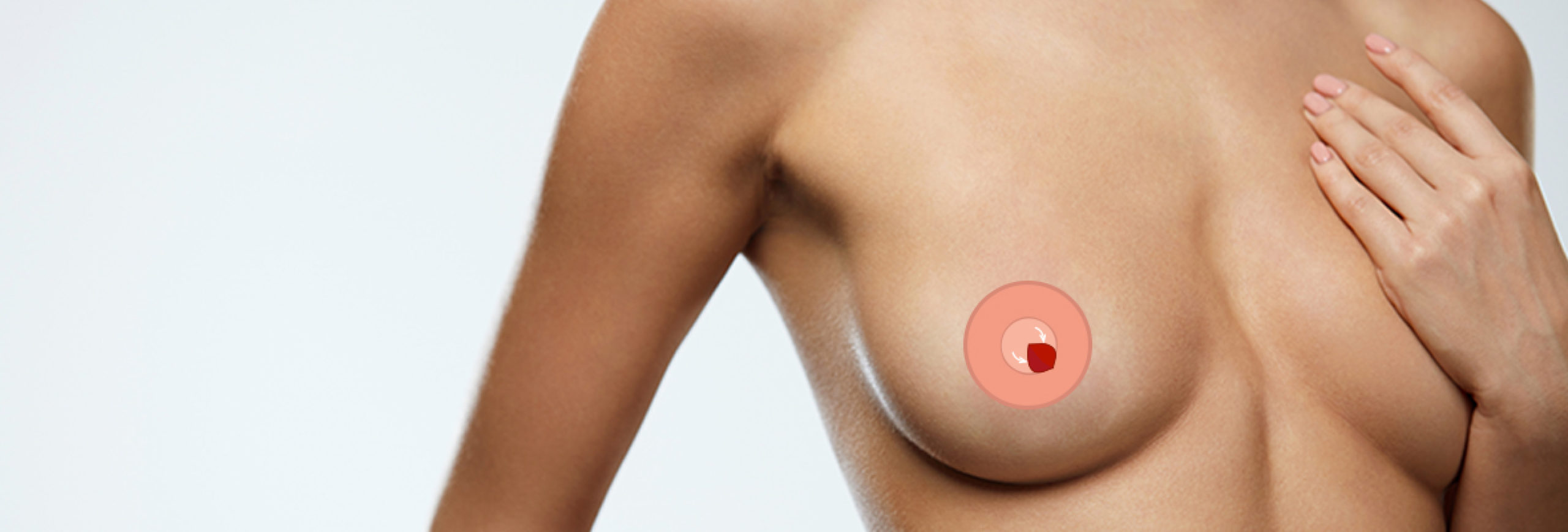Nipple Reduction
Surgical Procedure
The surgeon will start by assessing which part of the nipple needs to be reduced. The nipple could be reduced in length, width, or both depending on the shape and the desired result.
Nipples that droop down or project too far out will be shortened. This is done by removing the tip of the nipple and then closing the new tip with stitches. Sometimes the skin around the neck of the nipple is removed and the tip is stitched to the bottom of the nipple.
If the nipple is too wide or thick, but not too long, a pie-shaped wedge will be removed from underneath the nipple. This allows the nipple to be “taken in” and the circumference reduced. Dissolving sutures are used.
For some people the nipple may be too wide and too long. In those cases, both procedures are performed.
0 NIGHT
1 HOURS
LOCAL ANAESTHESIA
Pre Operative Care
 Inform your surgeon of any allergies, all medical conditions, and any medication that you are taking (both prescription and non-prescription).
Inform your surgeon of any allergies, all medical conditions, and any medication that you are taking (both prescription and non-prescription). Avoid aspirin and blood thinning medication such as brufen for two weeks prior to surgery to eliminate the chance of post op. bleeding.
Avoid aspirin and blood thinning medication such as brufen for two weeks prior to surgery to eliminate the chance of post op. bleeding. You should not smoke for 2 weeks prior to surgery as this may affect your reaction to the anaesthetic and prolong the healing process.
You should not smoke for 2 weeks prior to surgery as this may affect your reaction to the anaesthetic and prolong the healing process.  Patients that suffer from hypertension must inform the surgeon prior to surgery.
Patients that suffer from hypertension must inform the surgeon prior to surgery.
Post Operative Care
You may need to return in about a week to have the stitches taken out, but usually this is not necessary as dissolvable stitches are often used.
You will be able to shower the following day. Most patients can return to work and resume their normal activities within a day.
Risks and Complications
Risks are inherent to any surgical procedure. The most common risks are swelling, bruising, bleeding, infection, fluid, numbness, or a change in sensation to the nipple, however they are rare and almost always temporary.
The most common risks particular to this surgery are minimal pain and swelling. Your surgeon will administer painkillers and anti-inflammatory medication so that any soreness and swelling will usually disappear by the second or third day.
This treatment does not normally affect the ability to breastfeed.
Results
Following surgery your nipple will be balanced and proportionate in size and shape to the rest of your breast.
